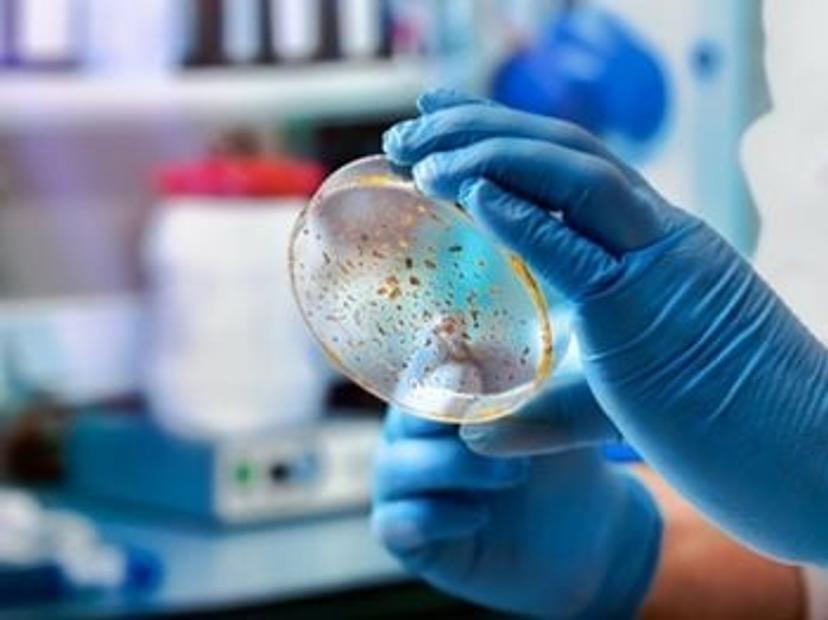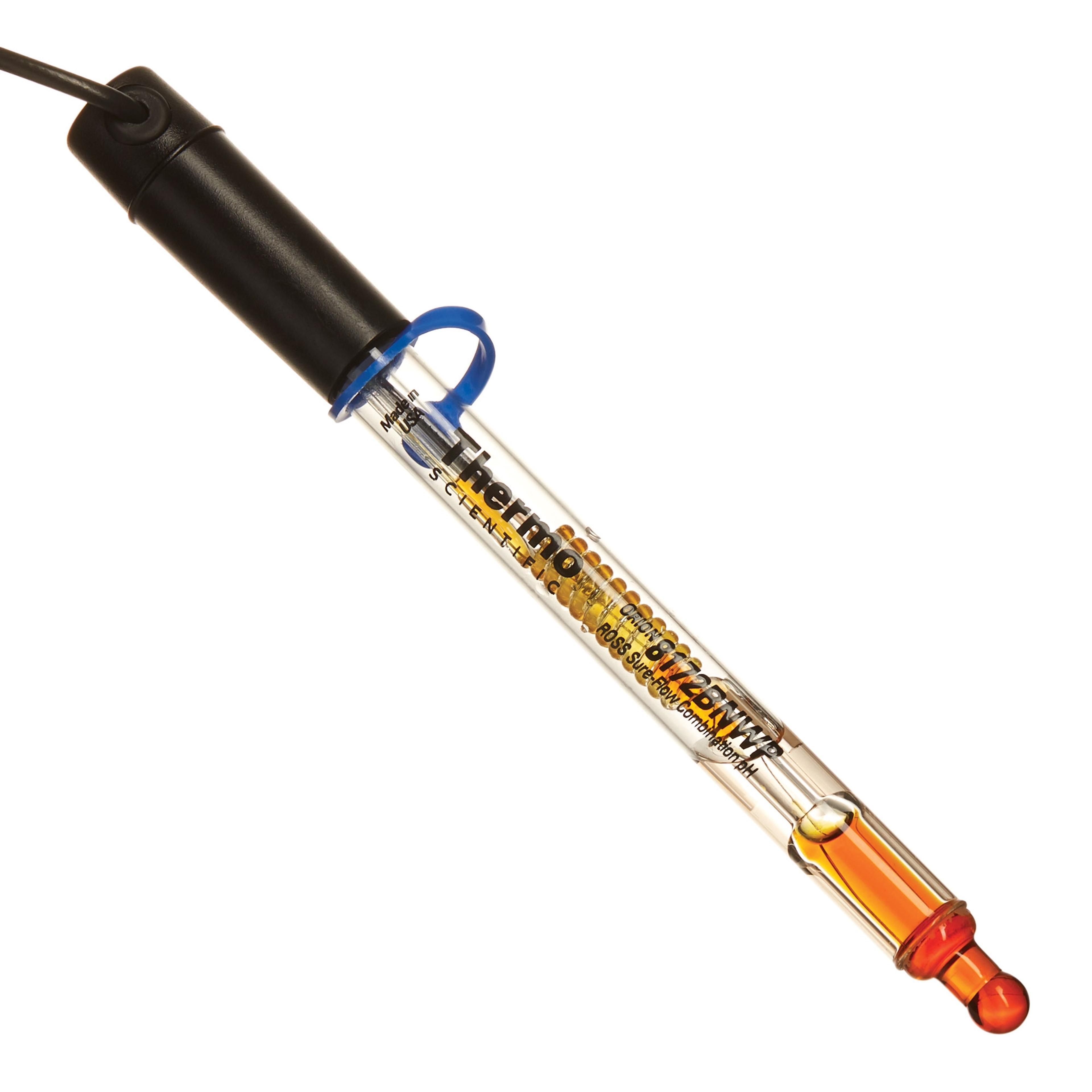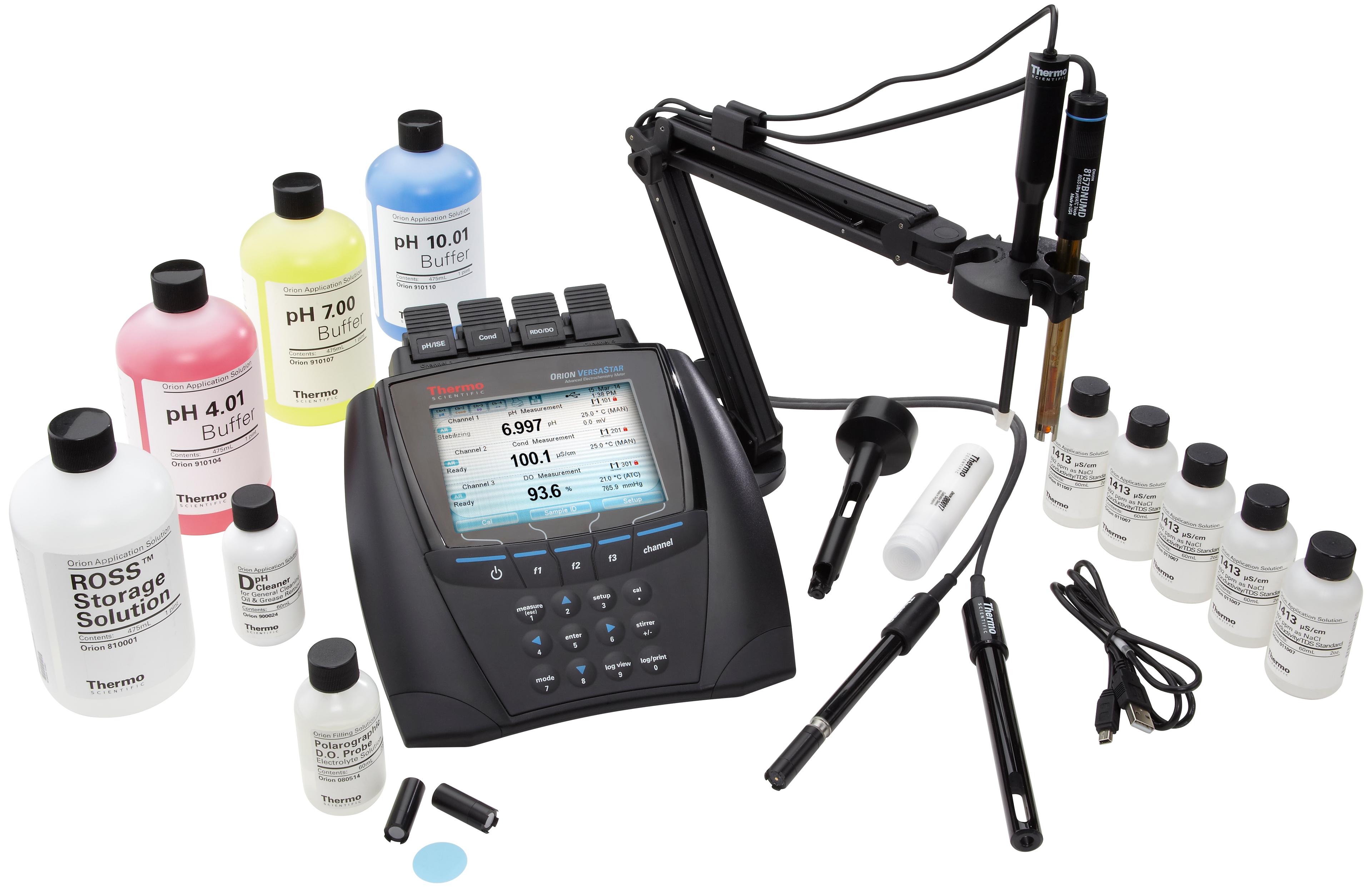The importance of the right pH in cell culture applications
Learn about the impact of pH in cell culture and best practices for achieving pH stability
4 Jan 2023

In cell culture, cells are grown and observed in near-physiological conditions to capture the most accurate representation of the biological mechanisms being studied. However, several external factors that often go unnoticed, such as pH changes in the cell culture medium, can directly influence cell health and skew experimental results.
To ensure data accuracy and reliability, it helps to control these external variables. In this SelectScience® article, we speak with Gayle Gleichauf, Applications Laboratory Manager at Thermo Fisher Scientific, about the importance of pH in cell culture and how to control, monitor, and maintain pH levels. She also provides helpful tips and a checklist of desirable features to look for in cell culture instrumentation.
The importance of maintaining pH stability in cell culture
"The pH is critical in many aspects of cell culture. All mammalian cells grow best in the pH range of 7 to 7.7, with most experiencing ideal conditions at pH 7.4,” says Gleichauf. Nearly everyone who works in cell culture will also do transfection. During the transfection process, efficiency will drop if the complexation solution is too acidic. However, this is not widely recognized among cell biologists. When working with recombinant proteins, solutions must be at the proper pH. For enzymes to work properly, pH must be tightly controlled, as enzymatic reaction centers function only within narrow pH ranges. In epigenetic analysis as well, cells should be cultivated at an ideal pH to monitor gene expression and the regulatory mechanisms responsible for keeping healthy cells from becoming abnormal. Additionally, accurate pH values are vital to minimize proteolytic degradation of the proteins of interest.” These are a few examples of how pH is critical.
Accurate pH values are vital to minimize proteolytic degradation of the proteins of interest.
Gayle Gleichauf
Applications Laboratory Manager, Thermo Fisher Scientific
Multiple variables are at play when cells grow in the lab, but to achieve reliable experimental results that truly reflect the biology – and aren’t an artifact of external changes, such as pH variations – researchers need to control and continually monitor these factors.
Gleichauf continues: “Maintaining that optimal pH is key to keeping the cells healthy so that they grow faster, live longer, and show less stress. Temperature, pH, CO2, and oxygen levels are all carefully controlled for this purpose. If these factors are not maintained in the appropriate range, the cells can become stressed, and the growth rate can slow or stall. The worst-case results in cell death.”
Striking the right pH levels
Cellular metabolic activity can disturb the pH of the media, with its extent of disturbance directly related to the pH buffering capacity of the medium. Therefore, to achieve the most suitable pH levels for optimal cell growth and proliferation, care must be taken when selecting and preparing the cell culture media.
“We need to choose the best buffered culture medium for the desired cell culture application,” shares Gleichauf. “When preparing culture media from scratch or by diluting, it's important to follow the instructions carefully. Be sure to measure and adjust the pH as necessary to achieve the correct pH value.”

Biological buffers are also sensitive to temperature changes, with pH levels fluctuating as temperatures change. This is particularly important when handling buffers and cells, as the ambient temperatures in work areas are much different than incubator and storage temperatures. “To overcome unwanted pH shifts, prepare and adjust the pH of the buffered medium at the same temperature at which it will be used,” adds Gleichauf. “It's also necessary to provide the relevant temperature, CO2, and O2 levels during incubation, to ensure tightly controlled pH levels.”
Monitoring and maintaining pH stability in cell culture
A common method to visually monitor pH levels in cell culture is through the indicator dyes, such as phenol red, that are formulated into the culture media. When using phenol red, normal conditions (near pH 7.4) are indicated by a color sometimes described as orange-red, pink-red, or orange-pink, depending on the eye of the beholder. A yellow color may indicate a pH near 6.5. A fuchsia or purplish color may indicate a pH near 8.0.
A properly maintained and calibrated pH meter and electrode can detect small shifts in pH before color indicators and are not subjective to the observer.
Gayle Gleichauf
Applications Laboratory Manager, Thermo Fisher Scientific
A color indicator only enables a rough estimation of the pH, and inferences made from these subtle visual cues are subjective. The color changes indicate a large pH shift after it has deviated significantly from normal. This can delay adjustments needed to keep the culture healthy. Moreover, indicator dyes can also interfere with some spectrophotometric measurements.
Experts recommend monitoring the pH routinely with a pH meter and electrode to gather accurate and reliable pH data. “A properly maintained and calibrated pH meter and electrode can detect small shifts in pH even before color indicators and are not subjective to the observer,” notes Gleichauf. “Smaller shifts in pH can indicate early signs of unwanted interferences and allow for corrective action.”
Additionally, the CO2 incubator also plays a role in maintaining pH levels in cell culture. The bicarbonate buffering system used in culture media maintains the pH of the cell culture medium in the presence of 4 – 10% CO2 levels in the incubator. The amount of hydrogen carbonate (bicarbonate) in the media, along with the volume of CO2 present in the incubator, influences the overall pH level. As such, using a good quality CO2 incubator is integral. The incubator must be kept clean and the internal temperature, CO2, O2, and relative humidity levels must be regularly monitored.
Desirable features to catch pH fluctuations and maintain pH stability in cell culture
For labs that specialize in cell culture applications, it is worth investing in or upgrading current instrumentation so that pH variability can be safely ruled out from the experimental data obtained.
Gleichauf shares the desirable features to look for during a purchase, an add-on, or an upgrade:
CO2 incubator: “Key features to look for in CO2 incubators include size, contamination control, sterilization cycles, precision sensors, oxygen and humidity control, alarm indicators and notifications, HEPA filtration, optimized airflow and heating, an intuitive user interface, and a cleanroom certification.”
pH meter and electrode: “To obtain quick, accurate, and dependable pH readings, choose a pH meter with an informative display, clear on-screen instructions, and an auto-calibration feature. Look for a pH meter with a high-performance pH electrode that responds quickly and accurately to temperature changes, such as between room temperature and incubation temperature. Use an automated temperature compensation probe or a triode with an integrated temperature sensor. For pH measurements in small containers such as microcentrifuge tubes or cryogenic tubes, a microelectrode may be used.”


